中国省域生态文明建设评价指标体系研究——以上海为例
摘要作为工业化进程中最大的发展中国家,中国面临的生态环境问题是非常严峻的。在党的“十七大”与“十八大”报告中,分别提出了“生态文明”理念与“要大力推进生态文明建设”。虽然我国生态文明建设评价指标体系的相关研究和实践取得了积极的进展,但还存在一些不足,主要包括:一是对生态文明建设的内涵认识不够明确,许多地方把生态文明建设等同于生态建设,忽视了生态文明建设与经济、文化、社会建设之间相互融合、协调促进的作用关系;二是评价指标的筛选大多依靠评价者的主观经验,缺乏客观性、逻辑性和透明度;三是大多数评价体系与“十八大”提出的生态文明建设的主要任务—优化国土空间开发格局,有一定的差距。因此,建立一套科学可行...
相关推荐
-
上海市回民中学2022-2023学年(五四学制)六年级上学期期中语文试题(原卷版)VIP免费
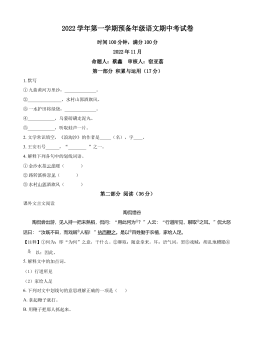
 2024-09-24 9
2024-09-24 9 -
上海市回民中学2022-2023学年(五四学制)六年级上学期期中语文试题(解析版)VIP免费

 2024-09-24 8
2024-09-24 8 -
上海市黄浦区2022-2023学年(五四学制)六年级上学期期中语文试题(原卷版)VIP免费

 2024-09-24 7
2024-09-24 7 -
上海市黄浦区2022-2023学年(五四学制)六年级上学期期中语文试题(解析版)VIP免费
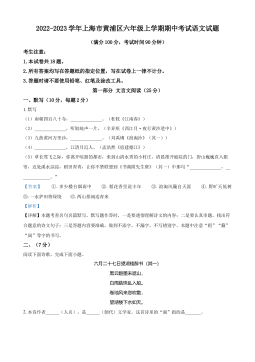
 2024-09-24 7
2024-09-24 7 -
上海市长宁区2020-2021学年六年级上学期期末语文试题(原卷版)VIP免费
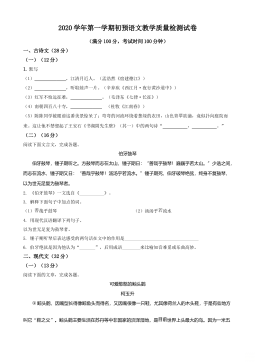
 2024-09-30 8
2024-09-30 8 -
上海市长宁区2020-2021学年六年级上学期期末语文试题(解析版)VIP免费
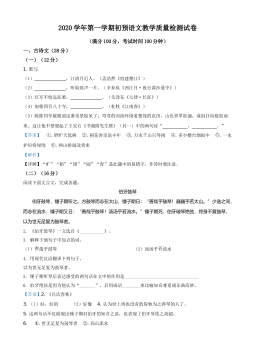
 2024-09-30 9
2024-09-30 9 -
上海市杨浦区2020-2021学年六年级上学期期末语文试题(原卷版)VIP免费
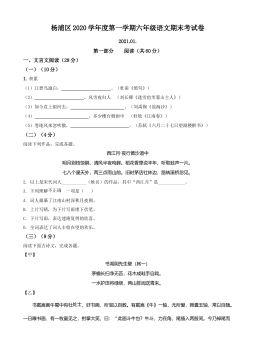
 2024-09-30 7
2024-09-30 7 -
上海市杨浦区2020-2021学年六年级上学期期末语文试题(解析版)VIP免费
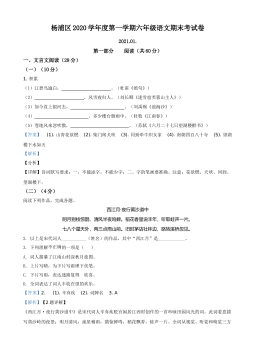
 2024-09-30 10
2024-09-30 10 -
上海市徐汇中学2020-2021学年六年级(五四学制)上学期12月月考语文试题(原卷版)VIP免费
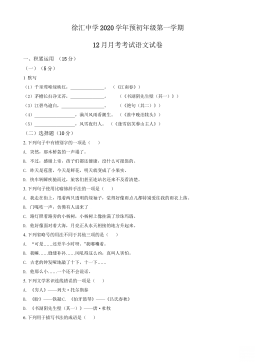
 2024-09-30 7
2024-09-30 7 -
上海市徐汇中学2020-2021学年六年级(五四学制)上学期12月月考语文试题(解析版)VIP免费
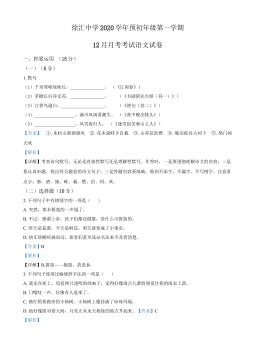
 2024-09-30 8
2024-09-30 8
相关内容
-
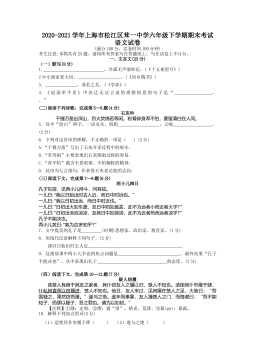
上海市松江区2020-2021学年六年级下学期期末考试语文试卷
分类:中小学教育资料
时间:2024-09-30
标签:无
格式:DOCX
价格:5 积分
-
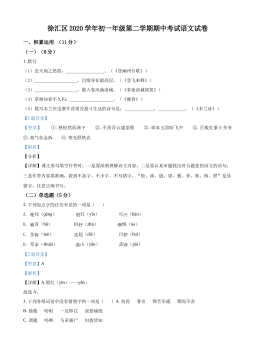
上海市徐汇区2019-2020学年六年级(五四学制)下学期期中语文试题(解析版)
分类:中小学教育资料
时间:2024-09-30
标签:无
格式:DOCX
价格:5 积分
-
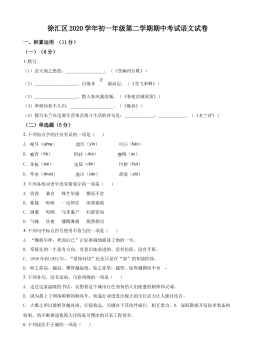
上海市徐汇区2019-2020学年六年级(五四学制)下学期期中语文试题(原卷版)
分类:中小学教育资料
时间:2024-09-30
标签:无
格式:DOCX
价格:5 积分
-
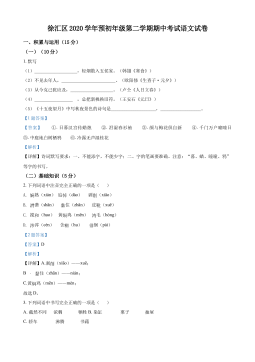
上海市徐汇区2020-2021学年(五四学制)六年级下学期期中语文试题(解析版)
分类:中小学教育资料
时间:2024-09-30
标签:无
格式:DOCX
价格:5 积分
-
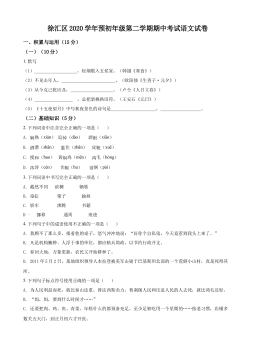
上海市徐汇区2020-2021学年(五四学制)六年级下学期期中语文试题(原卷版)
分类:中小学教育资料
时间:2024-09-30
标签:无
格式:DOCX
价格:5 积分






